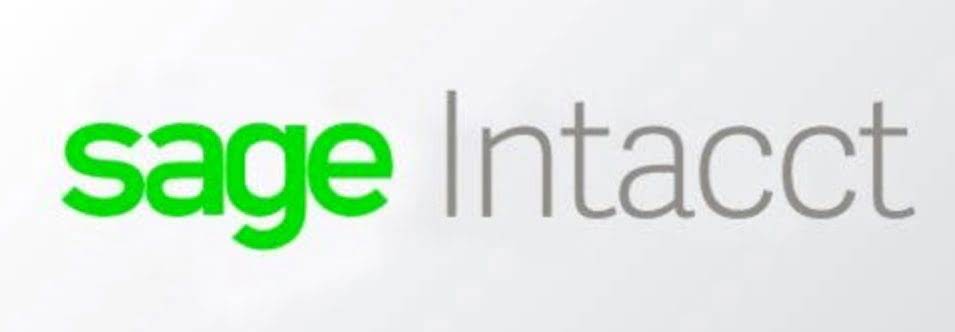
Retained earnings are defined as a portion of a business’s profits that isn’t paid out to shareholders but is rather reserved to meet ongoing expenses of operation. Then, just pick the specific date and year you want the closing process to take place, and you’re done! In just a few clicks, the entire financial year closing is streamlined for you. Shaun Conrad is a Certified Public Accountant and CPA exam expert with a passion for teaching.
- Any account listed in the balance sheet (except for dividends paid) is a permanent account.
- Thetotal debit to income summary should match total expenses from theincome statement.
- It is the end of the year,December 31, 2018, and you are reviewing your financials for theentire year.
- Fortunately, there is an abbreviation that would help you to remember what to close, which will be shown further down.
- He is the sole author of all the materials on AccountingCoach.com.
- Accounts are considered “temporary” when they only accumulate transactions over one single accounting period.
Journalizing and Posting Closing Entries

The net income (NI) is moved into retained earnings on the balance sheet as part of the closing entry process. The assumption is that all income from the company in one year is held for future use. One such expense that’s determined at the end of the year is dividends.
What Are Permanent Accounts?
This means that the current balance of these accounts is zero, because they were closed on December 31, 2018, to complete the annual accounting period. All expense accounts are then closed to the income summary account by crediting the expense accounts and debiting income summary. Closing all temporary accounts to the income summary account leaves an audit trail for accountants to follow. The total of the income summary account after the all temporary accounts have been close should be equal to the net income for the period. Closing entry is a process where all temporary accounts opened in the fiscal year are transferred and closed to a permanent arrangement. Doing so will give zero balance to the brief history to use for the next fiscal year.
Introduction to the Closing Entries
It isimportant to understand retained earnings is not closed out, it is only updated. RetainedEarnings is the only account that appears in the closing entriesthat does not close. You should recall from your previous materialthat retained earnings are the earnings retained by the companyover time—not cash flow but earnings.

Remember that net income is equal to all income minus all expenses. The third entry requires Income Summary to close to the RetainedEarnings account. To get a zero balance in the Income Summaryaccount, there are guidelines to consider.

The last closing entry reduces the amount retained by the amount paid out to investors. The next day, January 1, 2019, you get ready for work, butbefore you go to the which of the following accounts will be debited in the closing entry at the end of the year? office, you decide to review your financialsfor 2019. What are your total expenses forrent, electricity, cable and internet, gas, and food for thecurrent year?
Step 3: Close Income Summary account
After Closing Entries in the accounting cycle, a Post-Closing Trial Balance would be created. Just like a normal Trial Balance, it will contain and display all accounts that have non-zero balances and see if the debits and credits will balance. Before starting the Closing Entry Process, you must ensure that all the information and balances are correctly entered in the general ledger and financial statements. One mistake could affect the whole process, which could lead to a variety of problems in the future.
Written by Financial Accounting
The income summary account serves as a temporary account used only during the closing process. It contains all the company’s revenues and expenses for the current accounting time period. In other words, it contains net income or the earnings figure that remains after subtracting all business expenses, depreciation, debt service expense, and taxes. The income summary account doesn’t factor in when preparing financial statements because its only purpose is to be used during the closing process. The temporary accounts include the income statement accounts (revenue, expense, gain, loss, income summary) and also the drawing account of a sole proprietorship. The balances in these accounts will ultimately end up in the sole proprietor’s capital account or the corporation’s retained earnings account.

- Our discussion here begins with journalizing and posting theclosing entries (Figure5.2).
- Income and expenses are closed to a temporary clearing account, usually Income Summary.
- Accountants may perform the closing process monthly or annually.
- It’s not reported on any financial statements because it’s only used during the closing process and the account balance is zero at the end of the closing process.
- This means thatit is not an asset, liability, stockholders’ equity, revenue, orexpense account.
- One such expense that’s determined at the end of the year is dividends.
The fourth entry closes the Dividends account to Retained Earnings. The information needed to prepare closing entries comes from the adjusted trial balance. You might be asking yourself, “is the Income Summary account even necessary? ” Could we just close out revenues and expenses directly into retained earnings and not have this extra temporary account?

The Retained Earnings account balanceis currently a credit of $4,665. Let’s explore each entry in more detail using Printing Plus’sinformation from Analyzing and Recording Transactions and The Adjustment Process as our example. The Printing Plusadjusted trial balance for January 31, 2019, is presented inFigure 5.4. However, if the company also wanted to keep year-to-dateinformation from month to month, a separate set of records could bekept as the company progresses through the remaining months in theyear. For our purposes, assume that we are closing the books at theend of each month unless otherwise noted.
